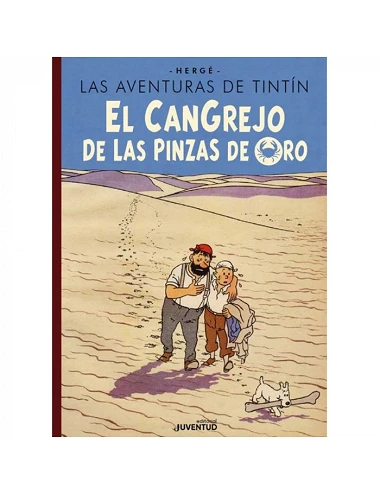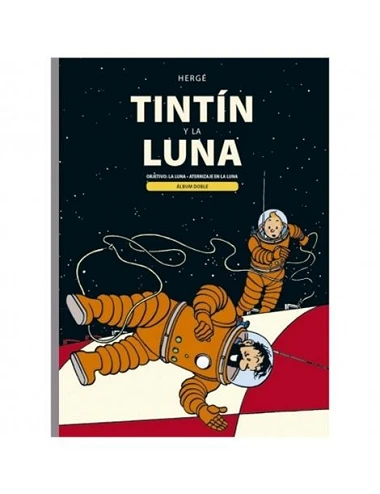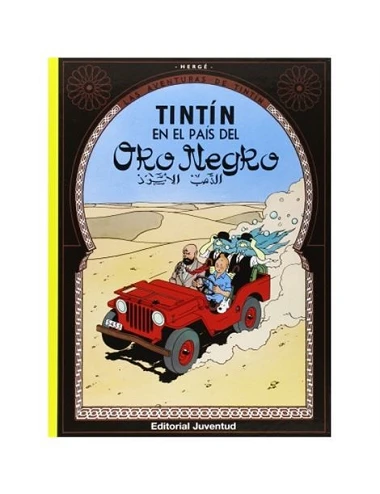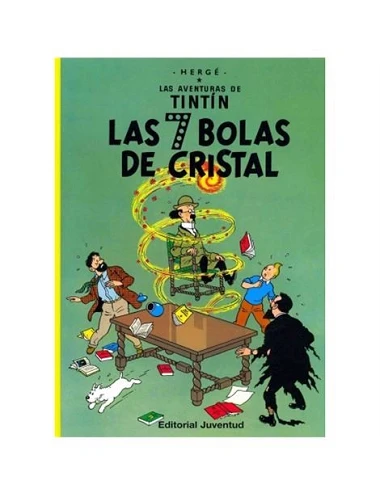
Las aventuras de Tintín 18 - EL ASUNTO TORNASOL (hardcover) - Castellano
This is a comic masterpiece. We prefer not to explain the plot of the story here, so that those who read it for the first time can fully enjoy it. From the very beginning, the events are chained together at a fast pace: an explosion is heard, a storm breaks out, objects break, the power goes out and Serafin Brass arrives for the first time in the series. There will be virtually no downtime in the entire story. For the creation of the sets, Hergé wanted to be as precise as possible. The story, which takes place mostly in Switzerland, reflects the Cold War, which was going through very tense moments between the two blocs, represented in the rivalry between Borduria and Syldavia. The Calculus Affair was published in 1956.
Translated by Concepción Zendrera
23 x 30 cm
Cardboard
64 pages
























